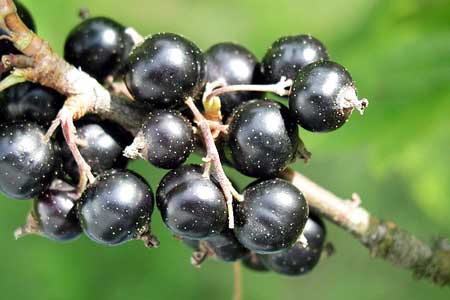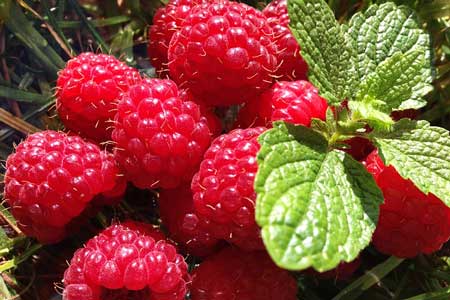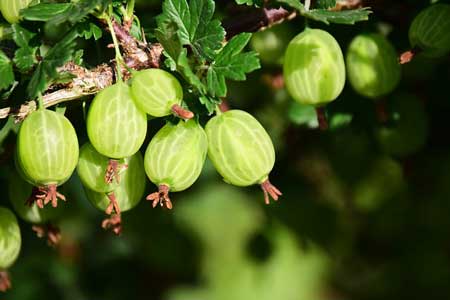Berryfruit
Best ways to optimise growth
At a Glance:
- Need a warm, sunny site
- Choose fruits and varieties best suited to your area
- Fertilise and water
Some berry fruit, such as strawberries have always been popular, but others, such as raspberries, boysenberries, blackberries, currants, and blueberries have all become popular because of their vitamin rich, anti-oxidant content. In addition they are great tasting and are relatively easy to grow.
WHERE TO PLANT
- Choose a warm sunny position, sheltered from strong winds.
- Brambles (raspberries, boysenberries, blackberries) will grow in most soils.
- Blueberries require a free draining but moist soil which is acidic (do not use lime or dolomite).
- Strawberries require a free draining soil with lots of organic compost. They should not be grown in the same soil for more than two years consecutively.
- In clay soils, raise plantings and add lots of Nichol's Organic Compost.
WHEN TO PLANT
- Brambles are sometimes available in winter as ‘bare root’ plants, but its best to buy them late spring in pots.
- Blueberries and grapes are available most of the year, but most commonly in summer.
- Strawberries are available as ‘bare root’ plants in May—June or as plants in punnets or pots in spring.
MULCHING
This is a highly recommended practice as it suppresses weeds and conserves moisture in the soil. A layer of mulch, compost or similar, laid on the surface in October, will prevent moisture loss and greatly benefit the plants.
AFTER CARE…
Feeding
Berry fruit generally benefit from an annual dressing of lime or gypsum in August, followed by an application of Tui General Garden Fertiliser in September.
Note: For blueberries, Gypsum can be used but do not use lime.
Use an acid fertiliser such as Tui Acid Fertiliser.

Watering
Many berryfruit can withstand considerable dry periods, but watering will greatly improve the result.
Pests and Diseases
Although there are a number of pests and diseases that can attack berry fruit, they tend to be of lesser significance or easily controlled.
CLICK HERE for detailed information on Fruit Pest and Disease Control.
PRUNING
Most berry fruits grow on bushes or vines and, therefore, there is little required to shape.
Pruning for continuous crops, and to keep the bush/vine under control, requires some attention.

Raspberries are upright canes and fruit on new season's growth that has originated from the previous year's new canes.
- To help this along, in July, cut out all old canes which carried last seasons crop. These old canes are distinguished by their grey colour and dry brittle wood from the one year canes that you want to retain. The canes to be retained tend to be light brown in colour and still very green and alive. These retained canes can then be shortened back to about two-thirds their height.
- Tying 5-6 canes together at the top is a common practice to help keep them upright when new growth starts in spring. The new canes for the following year’s crop will emerge and grow in late spring to summer, and will require tying up for support.
Boysenberries and Blackberries require a fence or wire support for their long limp canes in order to grow best.
- They fruit on new season's growth which originates from vines grown the previous summer/autumn.
- In July prune out all old canes that carried fruit last season and tie up all the new canes that have been grown through the autumn.
Black Currants fruit on wood grown the previous season, therefore, in July prune out all old wood and shorten the bush by about one third.
Red and White Currants should be pruned the same as gooseberries.

Gooseberries fruit on spurs which last several years, but best fruit is on young ones, so cut out aged wood.
Blueberries fruit on wood grown the previous season, therefore in order to keep both the bush under control and to maintain good fruiting, prune the growth that has carried the crop as soon as it is picked in summer.
- Pruning so quickly after fruiting encourages new growth from a lower level helping maintain it as a compact bush.
- During summer water well to encourage this new growth.
Grapes require a support to grow which could be a fence or pergola. Initial pruning will be to establish the main leaders. Once this has been done, prune for fruiting.
- They fruit on new seasons growth therefore, in July cut back to within one-two buds of the main leaders.
5755